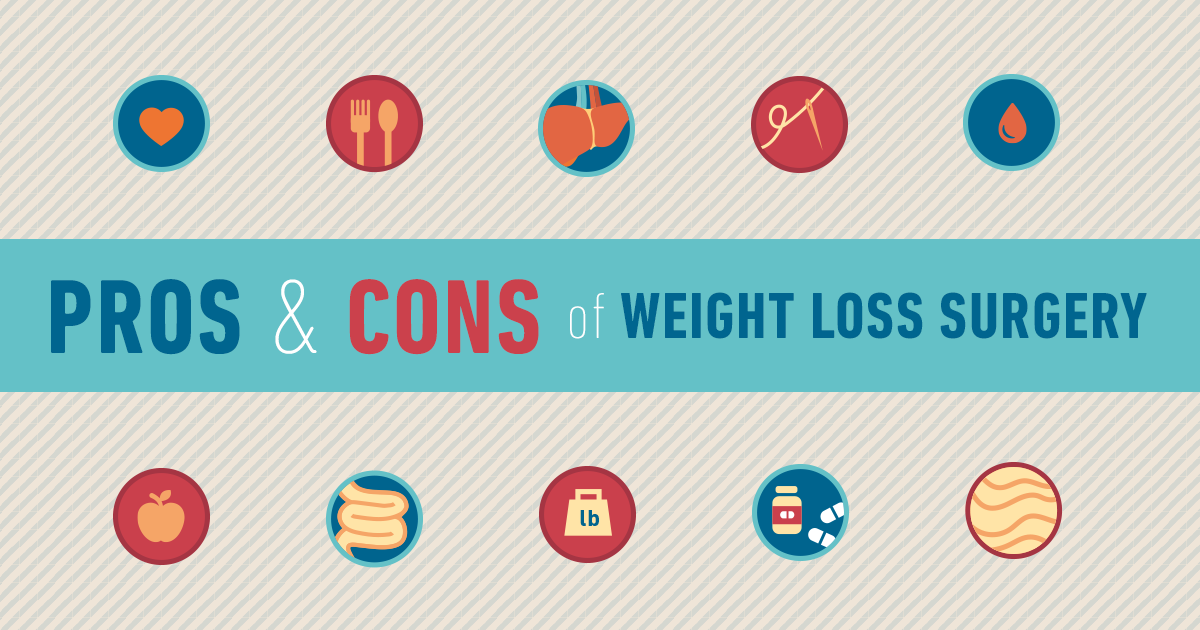How Does SMILE Eye Surgical Procedure Contrast To LASIK And PRK?
How Does SMILE Eye Surgical Procedure Contrast To LASIK And PRK?
Blog Article
Article By-Fischer Osborne
If you've been thinking about SMILE eye surgical procedure, you might question exactly how it stacks up against LASIK and PRK. Each treatment has its own set of advantages and factors to consider. From quicker recuperation times to possible dangers, there are crucial distinctions you need to recognize prior to deciding. Comprehending these distinctions will certainly assist you make an enlightened choice that aligns with your particular demands and expectations. Interested to understand more regarding just how these treatments contrast carefully? Keep checking out to obtain a thorough understanding of SMILE, LASIK, and PRK.
SMILE Eye Surgical Procedure Overview
If you're thinking about SMILE eye surgical treatment, you'll locate it to be a minimally invasive procedure with a fast healing time. During SMILE (Small Cut Lenticule Extraction), a laser is made use of to create a little, accurate cut in the cornea to eliminate a tiny item of cells, improving it to correct your vision. This varies from LASIK, where a flap is created, and PRK, where the outer layer of the cornea is entirely gotten rid of.
Among the essential advantages of SMILE is its minimally invasive nature, resulting in a faster recovery procedure and much less discomfort post-surgery. The recovery time for SMILE is relatively fast, with numerous individuals experiencing boosted vision within a day or two. This makes it a preferred option for those seeking a hassle-free and reliable vision improvement treatment. Additionally, SMILE has been shown to have a reduced threat of dry eye syndrome contrasted to LASIK, making it a favorable option for people worried concerning this possible negative effects.
Differences Between SMILE, LASIK, and PRK
When comparing SMILE, LASIK, and PRK eye surgical procedures, it's important to comprehend the unique methods utilized in each treatment for vision adjustment.
SMILE (Tiny Cut Lenticule Extraction) is a minimally invasive treatment that involves producing a little cut to extract a lenticule from the cornea, improving it to deal with vision.
LASIK (Laser-Assisted In Situ Keratomileusis) includes developing a thin flap on the cornea, making use of a laser to reshape the underlying tissue, and afterwards rearranging the flap.
PRK (Photorefractive Keratectomy) gets rid of the outer layer of the cornea prior to improving the cells with a laser.
The main difference lies in the method the cornea is accessed and dealt with. SMILE is flapless, making it a great alternative for individuals with slim corneas or those involved in get in touch with sporting activities. https://www.health.harvard.edu/blog/small-incision-lenticule-extraction-smile-its-whats-new-in-laser-vision-correction-2020051419765 because of the flap creation, yet it might present a greater danger of flap-related issues. PRK, although having a longer recuperation duration, avoids flap-related issues altogether.
Recognizing these differences is vital in selecting the most appropriate procedure for your vision correction demands.
Benefits And Drawbacks Comparison
To review the advantages and downsides of SMILE, LASIK, and PRK eye surgical procedures, it's important to take into consideration the specific advantages and potential constraints of each procedure. simply click the next web page provides the advantage of a minimally intrusive treatment, with a smaller sized incision and possibly quicker recuperation time contrasted to LASIK and PRK. It likewise decreases the risk of completely dry eye post-surgery, a typical side effect of LASIK. However, SMILE may have limitations in dealing with higher degrees of nearsightedness or astigmatism contrasted to LASIK.
LASIK surgical procedure gives fast aesthetic recovery and minimal discomfort during the treatment. It's very reliable in treating a wide range of refractive errors, including myopia, hyperopia, and astigmatism. Yet, LASIK brings a danger of flap problems, which can impact the corneal structure.
PRK eye surgery, while not as popular as LASIK, avoids developing a corneal flap, reducing the danger of flap-related difficulties. It appropriates for people with thin corneas or uneven corneal surfaces. However, PRK has a much longer healing time and may entail more discomfort throughout the healing process.
Conclusion
So, when it concerns picking between SMILE, LASIK, and PRK, think about it like choosing the excellent set of footwear. SMILE resembles a streamlined, comfortable pair of sneakers - fast and easy.
LASIK is more like stylish high heels - fancy and fast, however with some prospective dangers.
PRK resembles tough treking boots - trusted and long lasting, yet needing a bit more time and effort.
Ultimately, the best option depends upon your specific demands and preferences.
